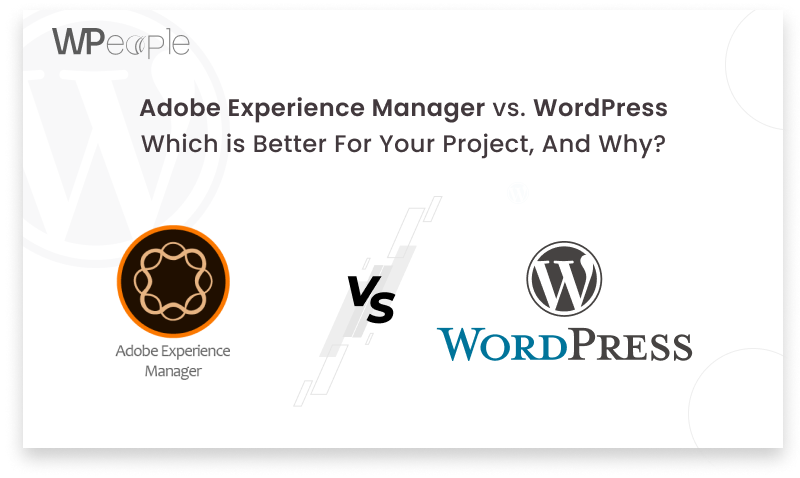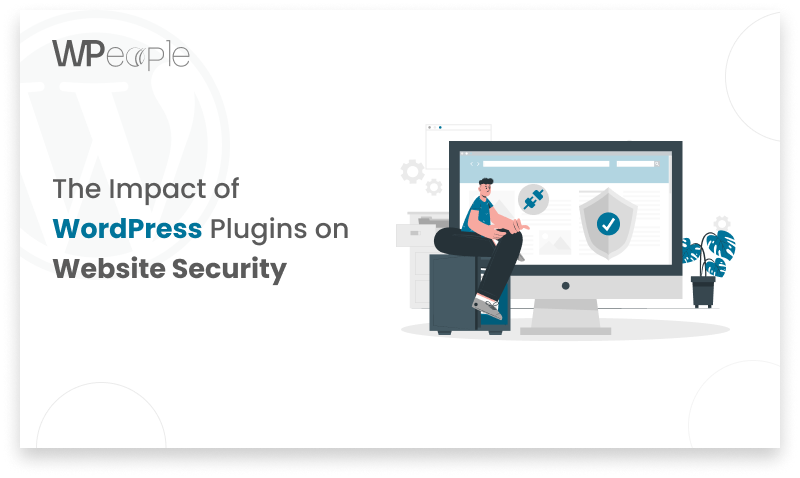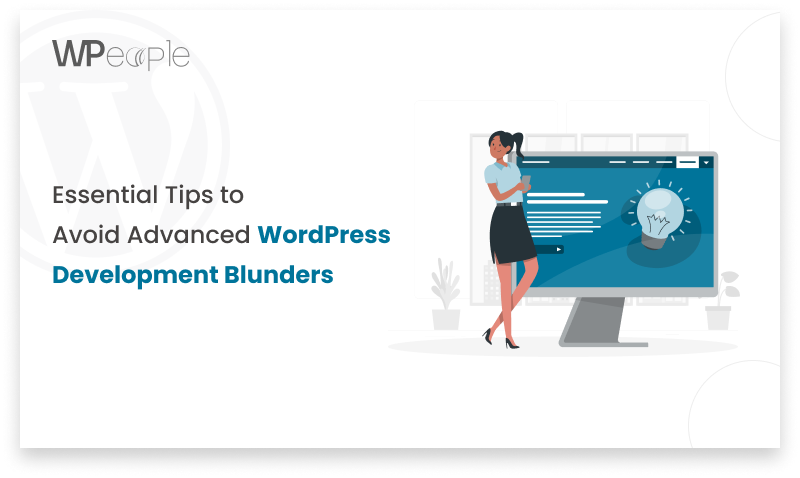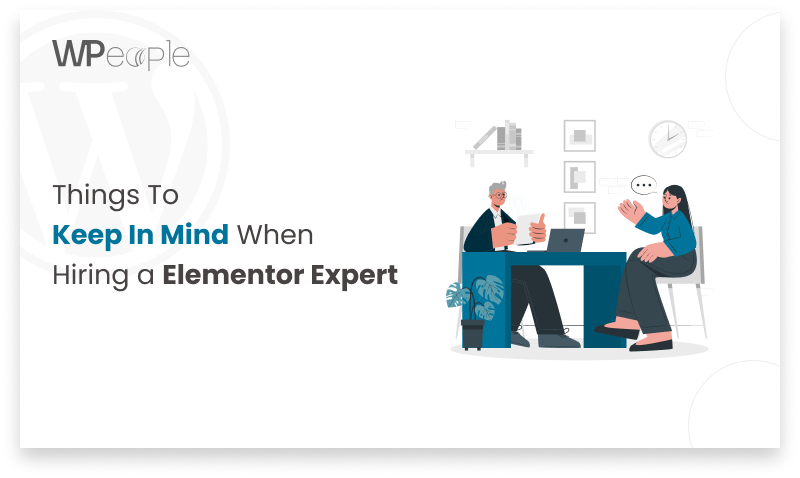
Quick Summary: Choosing between Adobe Experience Manager (AEM) and WordPress is like picking between two siblings with different personalities. AEM is the big brother, designed for big companies with complex needs, while WordPress is the friendly neighbor, suitable for everyone from beginners to large businesses. In this blog, we’ll explore the features of both platforms to help you decide which is best for your project.
Understanding Adobe Experience Manager (AEM):
AEM is like the big brother of website builders. It’s made for big companies with lots of needs. It helps manage fancy stuff like personalized content and running ads on different platforms. It’s built with Java, which makes it powerful and able to handle lots of visitors without crashing. And it’s really flexible, so it can grow with your company.
Adobe Experience Manager (AEM) & Its Features
Content Management: AEM provides robust tools for creating, editing, and organizing content. Users can easily author web pages, documents, images, and videos within a unified interface. Its intuitive WYSIWYG editor allows for easy content creation without the need for coding skills.
Digital Asset Management (DAM): AEM’s DAM functionality enables organizations to manage their digital assets efficiently. Users can upload, organize, search, and share assets such as images, videos, and documents from a centralized repository. Advanced features like asset versioning, metadata management, and automatic asset transcoding enhance productivity and collaboration.
Multichannel Content Delivery: AEM empowers organizations to deliver content across multiple channels, including websites, mobile apps, social media, and email. Its responsive design capabilities ensure that content renders seamlessly on various devices and screen sizes, enhancing the user experience.
Personalization and Targeting: AEM allows marketers to deliver personalized experiences to their audiences based on user behavior, preferences, and demographics. Using built-in targeting and segmentation tools, marketers can tailor content, offers, and promotions to specific audience segments, increasing engagement and conversion rates.
Workflow Automation: AEM streamlines content creation and publishing processes through workflow automation. Users can define custom workflows with multiple stages and approval steps, ensuring content quality and compliance with organizational standards. Automated notifications and alerts keep stakeholders informed throughout the content lifecycle.
Integration with Adobe Marketing Cloud: AEM seamlessly integrates with other Adobe Marketing Cloud solutions, such as Adobe Analytics, Adobe Target, and Adobe Campaign. This integration enables organizations to leverage data-driven insights, optimize content performance, and orchestrate personalized marketing campaigns across channels.
Scalability and Performance: AEM is built on a scalable architecture that can handle the demands of large enterprises and high-traffic websites. Its modular design allows for easy scalability, whether expanding to support additional users, content, or channels. Performance optimization features ensure fast page load times and reliable uptime, enhancing the user experience.
Security and Compliance: AEM prioritizes security and compliance, offering robust features to protect sensitive data and ensure regulatory compliance. Role-based access control (RBAC), encryption, and audit trails safeguard against unauthorized access and data breaches. Additionally, AEM adheres to industry standards and regulations, such as GDPR and HIPAA, to support organizations’ compliance efforts.
Exploring WordPress:
WordPress is like a friendly neighbor who helps everyone with their projects. In 2024, WordPress is powering over 810 million websites worldwide. This staggering figure translates to a significant 43.2% share of all live websites on the internet. To put it simply, approximately two out of every five sites you encounter are built using WordPress.
It’s good for everyone, from someone just starting a blog to a big company selling stuff online. It’s built with PHP and MySQL, which are like the magic behind the scenes. There are tons of themes and plugins you can use to make your website look and work just how you want it to.
WordPress & Its Features
User-Friendly Interface: WordPress offers a simple and intuitive user interface, making it easy for users of all skill levels to create, edit, and manage content. Its dashboard provides quick access to essential tools and features, allowing users to customize their websites without technical expertise.
Customization Options: WordPress provides extensive customization options through themes and plugins. Users can choose from thousands of free and premium themes to change the look and feel of their websites. Additionally, the vast plugin repository offers functionality enhancements for various needs, such as e-commerce, SEO, contact forms, and more.
Content Management: WordPress excels in content management, offering powerful tools for creating, editing, and organizing content. Originally designed as a blogging platform, WordPress allows users to publish posts, add media, and manage categories and tags with ease. Its built-in editor supports rich text formatting, media embedding, and scheduling for future publishing.
SEO-Friendly: WordPress is inherently SEO-friendly, with features that help improve search engine visibility and rankings. It generates clean and semantic HTML markup, supports customizable permalinks, and offers SEO plugins like Yoast SEO and All in One SEO Pack to optimize content for search engines.
Community Support: WordPress boasts a vast and active community of users, developers, and contributors worldwide. Users can access forums, documentation, tutorials, and online resources for assistance with troubleshooting, customization, and best practices. The community-driven nature of WordPress ensures ongoing support and updates for the platform, enhancing its stability and security.
Mobile Responsiveness: With the increasing prevalence of mobile devices, WordPress prioritizes mobile responsiveness. Most themes are designed to be responsive, meaning they adapt and display content seamlessly across various screen sizes and devices. This ensures a consistent and optimized user experience for visitors accessing the website from smartphones and tablets.
Security Features: WordPress includes built-in security measures to protect websites from vulnerabilities and attacks. These measures include automatic updates for core software and plugins, user authentication, secure login mechanisms, and spam protection for comments and forms. Additionally, users can implement security plugins and best practices to further enhance website security and protect against threats.
Scalability and Performance: WordPress is highly scalable and can accommodate websites of all sizes, from personal blogs to enterprise-level platforms. Its modular architecture allows for easy scalability, with options to add features, functionality, and resources as needed. Performance optimization techniques such as caching, image optimization, and CDN integration ensure fast page load times and optimal website performance, improving user experience and search engine rankings.
WordPress Vs. Adobe Experience Manager: Key Differences
| Aspect | Adobe Experience Manager (AEM) | WordPress |
| Purpose | Enterprise-level CMS for managing complex digital experiences, marketing campaigns, and multichannel content delivery. | Versatile CMS suitable for individuals, small businesses, and large enterprises, commonly used for websites, blogs, and e-commerce. |
| Target Audience | Large organizations, enterprises, and businesses with demanding digital experience requirements. | Users ranging from individuals to large enterprises, catering to diverse website needs. |
| Ease of Use | Steeper learning curve, may require technical expertise for full utilization of features. | User-friendly interface, minimal learning curve, accessible to users of all skill levels. |
| Flexibility | Extensive customization options, robust support for integration with other Adobe products and third-party systems. | Vast library of plugins and themes for customization, though not as robust as AEM for enterprise solutions. |
| Scalability | Designed to handle large-scale enterprise solutions with complex workflows and high traffic volumes. | Can scale effectively with proper optimization and infrastructure support, though may require additional resources for high traffic. |
| Cost | Higher cost due to licensing, infrastructure, and development resources, more suitable for large enterprises with substantial budgets. | More cost-effective, open-source platform with potential costs for premium themes, plugins, hosting, and maintenance. |
Conclusion
The choice between Adobe Experience Manager (AEM) and WordPress boils down to understanding your organization’s needs, technical expertise, and budget constraints. AEM stands as the enterprise-grade powerhouse, tailored for large organizations with complex digital experience requirements. Its robust features, scalability, and seamless integration with other Adobe products make it a compelling choice for enterprises seeking sophisticated solutions.
On the other hand, WordPress emerges as a versatile and user-friendly option, catering to a broad spectrum of users, from individuals to large enterprises. With its intuitive interface, extensive customization options, and active community support, WordPress empowers users to create stunning websites with ease.
Both Adobe Experience Manager and WordPress offer unique strengths and advantages, and the choice between them ultimately depends on your organization’s specific needs and priorities. Whatever your decision, WPeople is committed to helping you build a successful online presence and achieve your business objectives.
Consult with Our WordPress Experts On:
- WooCommerce Store
- Plugin Development
- Support & maintenance




